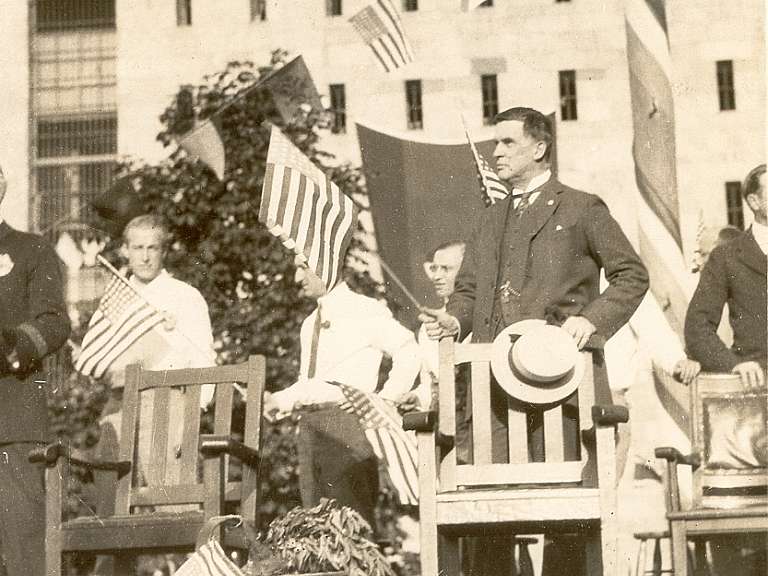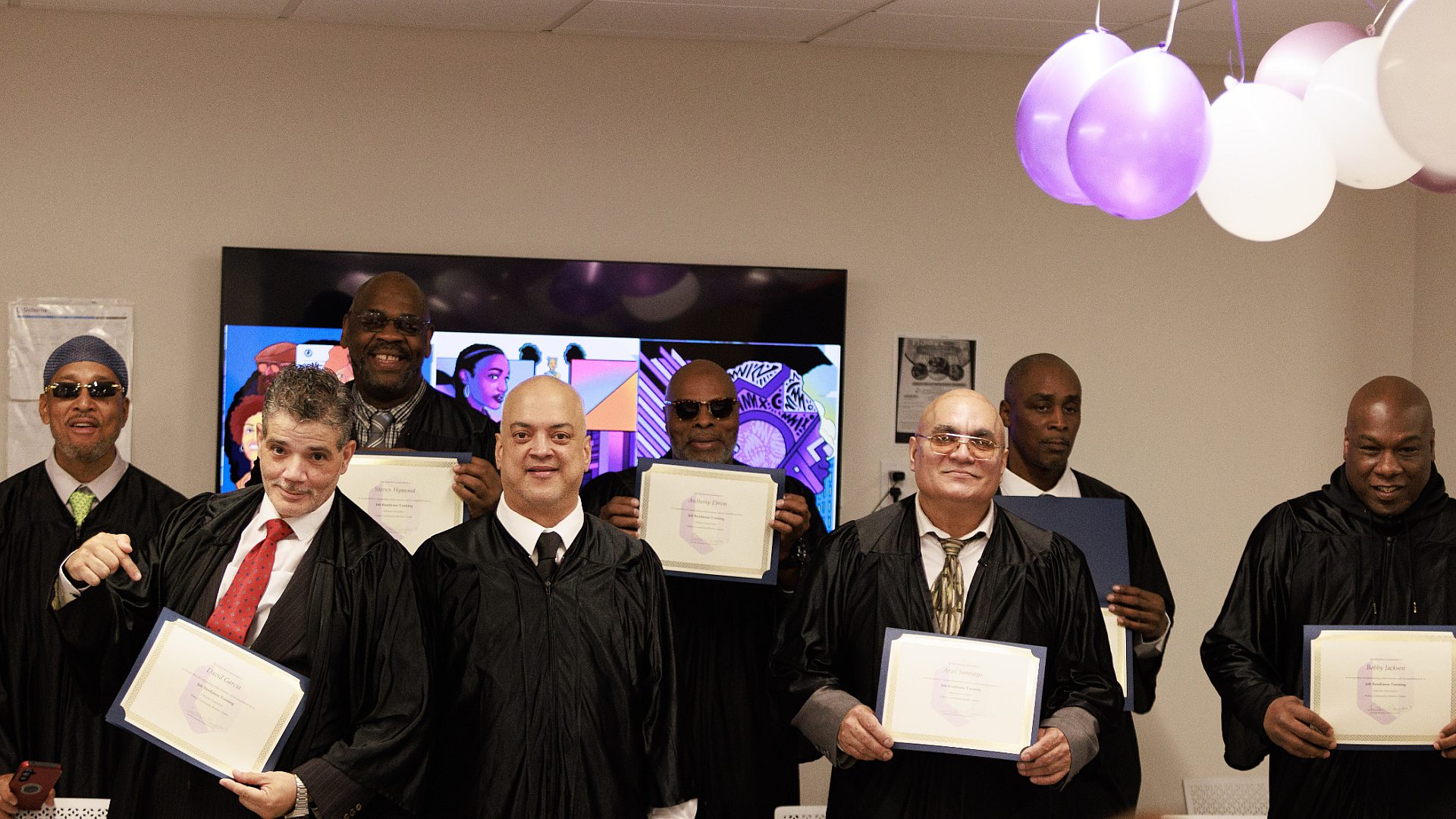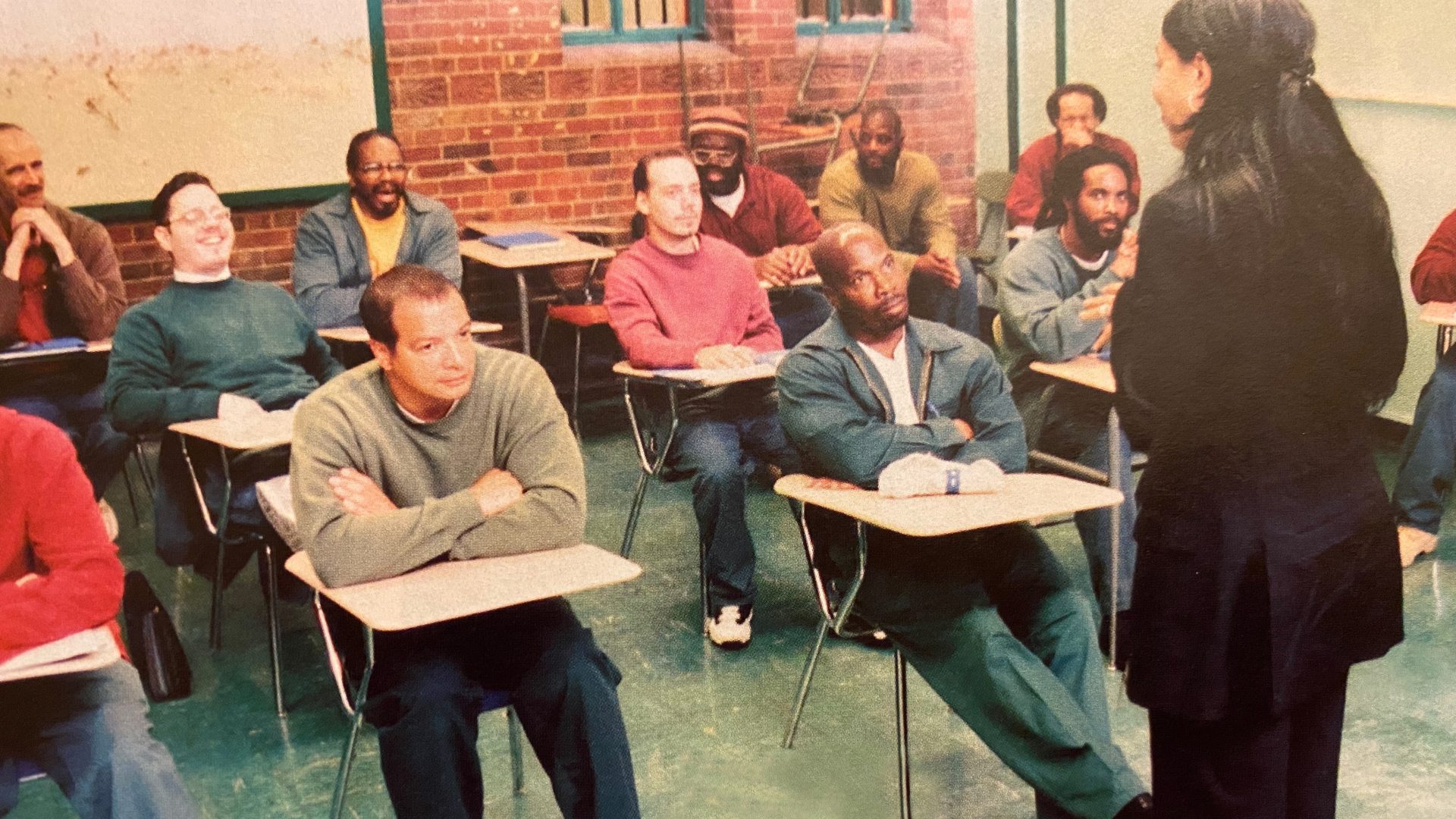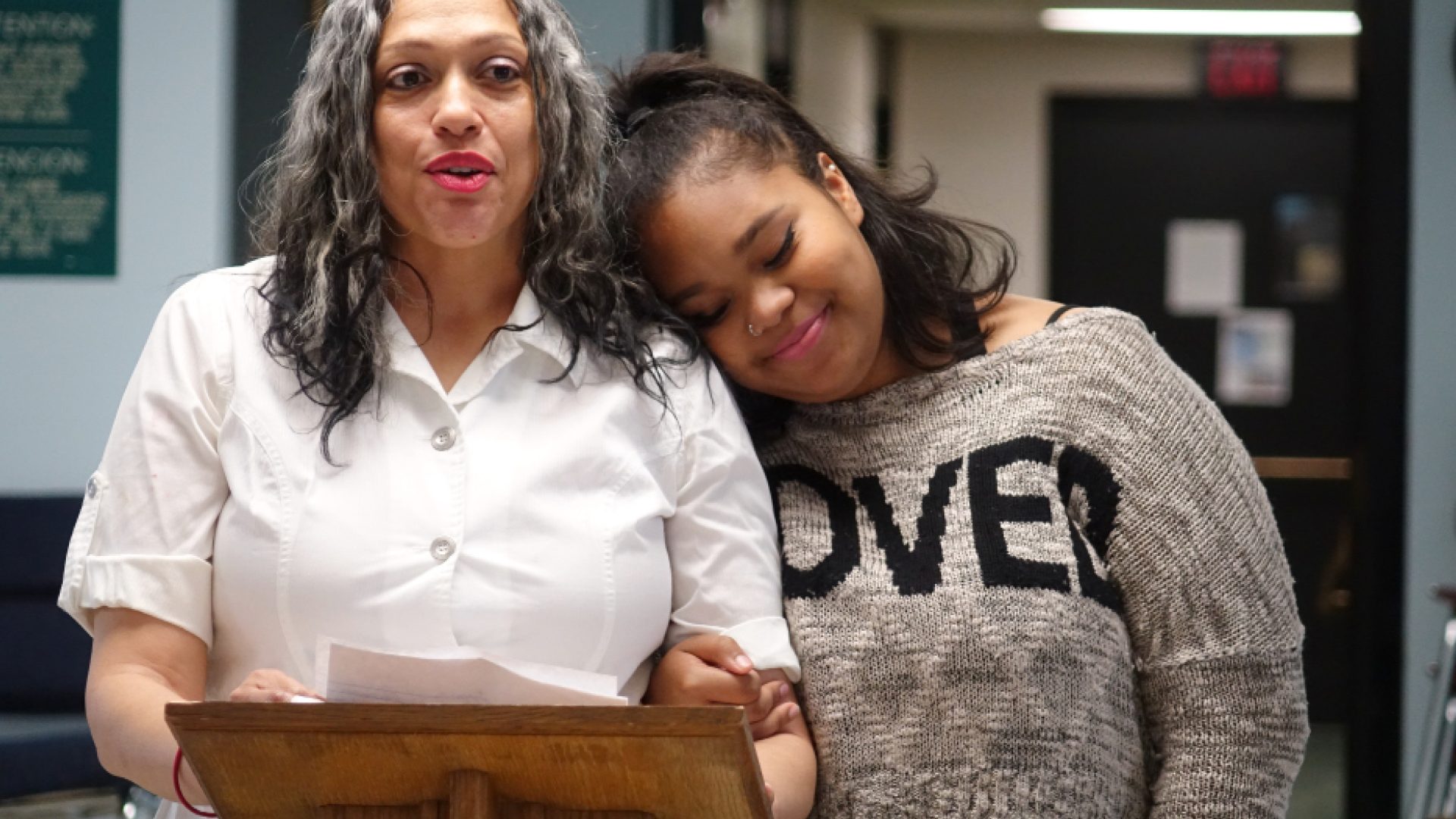About Us
Founded in 1933, Osborne Association is one of the largest providers of direct services for people impacted by incarceration in New York State and a leading advocacy organization championing more humane treatment, improved conditions, and system reform.
Our Mission
Osborne Association serves individuals, families, and communities affected by the criminal legal system. Through our programs, we offer opportunities for people to heal from and repair harm, restore their lives, and thrive. We challenge systems rooted in racism and retribution and fight for policies and practices that promote true safety, justice, and liberation.
Core Values
We honor everyone’s capacity to change.
We keep our word.
We celebrate our shared humanity.
We are unstoppable.
We are united in our pursuit of justice and equity.
Loading
Our History
In 1913, Thomas Mott Osborne, a former mayor turned reformer, entered Auburn Prison as “Tom Brown, Inmate 33,333X.” His undercover experience, later recounted in his book Within Prison Walls, sparked a lifelong commitment to transforming the prison system. Osborne’s leadership at Sing Sing and Portsmouth Naval Prison brought groundbreaking reforms that emphasized rehabilitation and self-governance for incarcerated people. His work laid the foundation for a new vision of justice.
In 1933, the Osborne Association was born from the merger of two organizations dedicated to continuing Osborne’s mission. Under the guidance of Austin H. MacCormick, a protégé of Osborne known as the “father of correctional education,” the Association pushed for education, rehabilitation, and humane conditions across the nation’s prisons. For nearly four decades, MacCormick led Osborne in exposing inhumane practices and advocating for meaningful change.

By the 1980s, Osborne began a new chapter. Elizabeth Gaynes took the helm of a small, two-person office, steering the organization toward innovative programs like Court Advocacy Services, which offered alternatives to incarceration, and FamilyWorks, the first fatherhood program in a state prison.
Throughout the decades, Osborne expanded its reach and impact. It established a headquarters in the Bronx, launched groundbreaking initiatives to support children of incarcerated parents, and grew its reentry services, including workforce development and janitorial maintenance programs that provide jobs to those returning home. Osborne continued to lead the way with new advocacy centers and restorative justice programs, always focusing on healing, accountability, and systemic change.



Osborne’s growth has extended to new locations in Newburgh and Buffalo, while innovative projects like Marcus Garvey supportive housing in Brooklyn and the Fulton Community Reentry Center provide stable housing and community support for those reentering society. Today, Osborne remains a beacon of hope and transformation, dedicated to justice, dignity, and second chances.